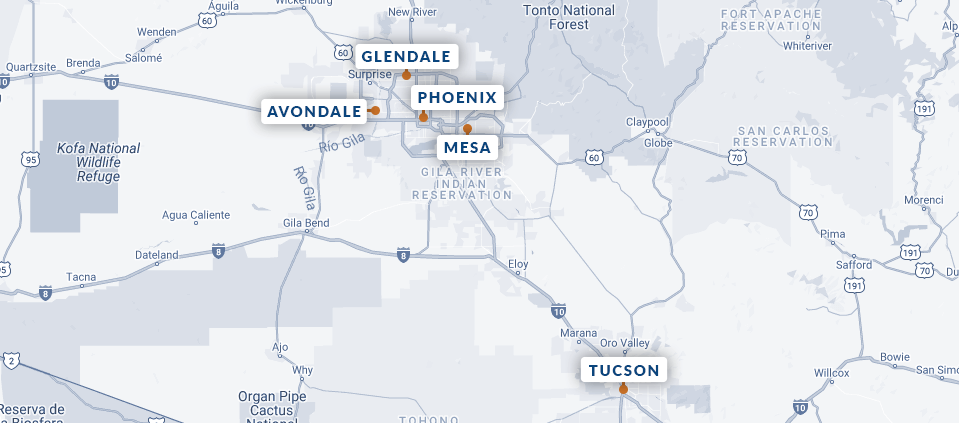Table Of Contents
Trucking Accidents and Personal Injury Cases: How To Avoid Truck Accidents
According to the The National Highway Traffic Safety Administration (NHTSA), trucking accidents cause as much as 60,000 personal injuries, and 5000 deaths each year in the US. Even if an injury settlement can amount to millions for the aggrieved party, some personal injuries can leave permanent disabilities, and most would actually prefer not to have been involved in the first place.
There are also no winners wrongful death case, and everyone would agree that when it comes to the loss of life, the only acceptable number is zero. However, is there even a feasible way to significantly reduce these numbers?
First off, let’s look at some statistics in order to get a better idea of the magnitude of the problem. The US lives on trucking and is predicted to do so for decades to come. More and more trucks are added each year to the 15.5 million that are currently plying the roads, and every year there is roughly 500,000 accidents involving trucks.
People would often be quick to assume that this is the truck driver’s fault. After all, it is sort of a well-known fact that commercial truckers are compelled to work long, grueling hours and are, therefore, susceptible to making errors. However, statistics show that around 75% of these are actually caused by the driver of the smaller vehicle, with truck drivers accounting for only 16%.
Authorities say that the main reason for this is the inability of passenger vehicle drivers to correctly determine the maneuverability of trucks. Trucks, especially big rigs need a lot more room to make turns and greater distance to slow down and come to a complete stop. This is further compromised by the cargo the truck is carrying which the driver has to compensate for.
According to an infographic called “How To Avoid Truck Accidents: A Visual Guide to Truck Safety” from Boulder injury attorneys Tenge Law, regular car drivers often have several unsafe habits that they do, whether it be consciously or unconsciously, when driving with trucks. These are:
- Sudden lane changing – truck drivers are trained to respond to any sudden motions that come within their field of vision, and may react unpredictably if they see another vehicle moving erratically.
- Not using turn signals – turn signals give truck drivers ample time to react and make adjustments to your intentions
- Driving in blind spots – tractor-trailers have large blind spots or “no-zones” which smaller vehicles should be aware of. In older trucks that don’t have monitoring cameras, these are often located at the rear, the side, and the connection between the truck and the trailer.
- Not following the speed limit – going over the speed limit dramatically decreases the driver’s chances of reacting to any unforeseen elements on the road.
- Not adjusting to climate and road conditions – Poor visibility, cross-winds, and wet driving surfaces significantly reduces the driver’s ability to control his vehicle. It is advisable to stick to the minimum speed limit and avoid overtaking when caught under these conditions.
- Tailgating – It is difficult to judge braking distance when the rear of a truck is completely blocking one’s view. Vehicles driving at a truck’s rear should always give ample distance of around 20 to 25 car lengths, most especially when driving uphill.
- Road rage – The NHTSA revealed that almost 33% of all driver error-caused accidents can involve behaviours attributed to road rage. Other drivers should compose themselves and not react in kind if they see a truck driver driving too aggressively. Taking retaliatory action only increases the probability of an accident.
Although there is a growing number of safety systems that modern cars come equipped with such as lane departure and forward collision warning systems, these can only do so much to prevent accidents. While waiting for the trucking industry to address major factors such as driver fatigue, or until autonomous vehicles become the norm, it is clear that safety is is still largely dependent on the driver’s decision making.
Another good reason why both truck and passenger vehicle driver would want to avoid an accident is because personal injury settlements involve a lot of time and effort, which makes it all the more difficult on top of injuries sustained. Findings have shown that motor vehicle accident cases take around 20 months on the average, and while aggrieved parties can look forward to some settlement money, the amount is rarely enough to make the ordeal worth going through. To shed some perspective, the average amount for personal injury cases in 2013 was only $24,000. This amount is calculated using a formula, and given the complexity of a crash, the amount can differ greatly, and this ultimately determines if it the case is even worth pursuing.

BOULDER OFFICE
2575 Pearl Street
Suite 230
Boulder, CO 80302
Office Phone: 303.665.2929
Sources:
- http://dennisandking.com/2017/05/personal-injury-claim-compensation-settlement-involving-trucking-accident/
- https://www.frg-law.com/verdicts/
- http://www.wagnerreese.com/injury-help-resources/value-of-an-indianapolis-semi-truck-accident-claim/
- http://injury.findlaw.com/car-accidents/commercial-truck-accidents-overview.htmlhttps://www.clekis.com/personal-injury-lawyers-and-settlement-statistics/
- http://www.truckaccidents.org/statistics/
- https://www.truckinfo.net/trucking/stats.htm
- http://drivingschool.net/road-rage-statistics-filled-surprising-facts/
- http://www.driveprime.com/blog-2016s-top-5-high-tech-car-safety-features/
- https://www.truckdrivingjobs.com/faq/truck-driving-accidents.html
- http://www.personalinjurysandiego.org/personal-injury/statistics-of-personal-injury-cases-nationwide/
- https://aeelaw.com/personal-injury-case-statistics-what-you-need-to-know/
- https://www.millerandzois.com/maryland-accident-settlement-formula.html












